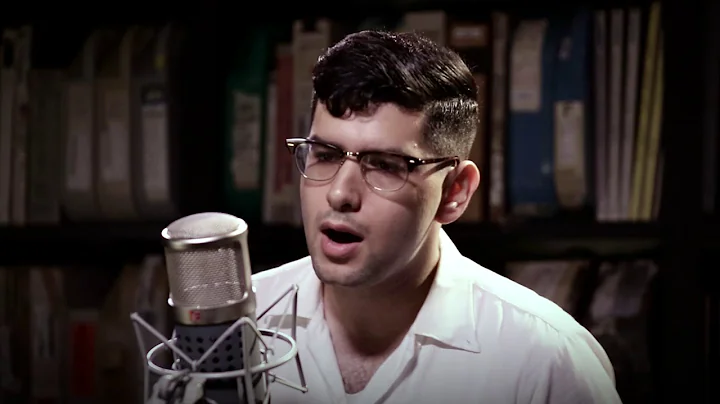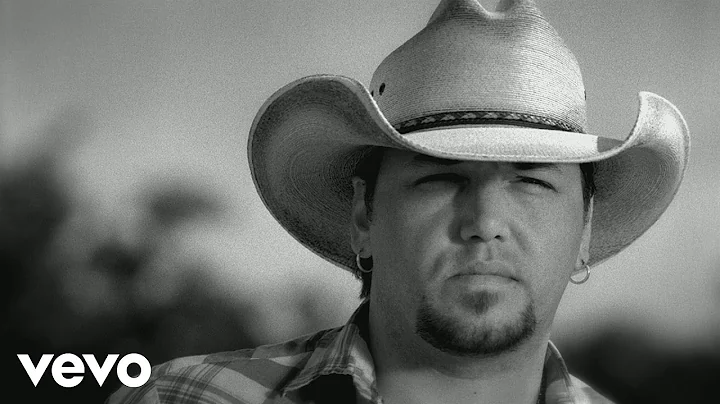Jason P Durand
age ~49
from Painted Post, NY
- Also known as:
-
- Jason Paul Durand
Jason Durand Phones & Addresses
- Painted Post, NY
- Wyckoff, NJ
- 488 Cedar Ave, Paramus, NJ 07652 • 2014442432
- Thornton, CO
- 246 Providence St, Woonsocket, RI 02895
- Willimantic, CT
- Fort Lee, NJ
- 488 Cedar Ln, Paramus, NJ 07652 • 2014442432
Education
-
Degree:High school graduate or higher
Industries
Research
Us Patents
-
Cobalt-Molybdenum Sulfide Catalyst Materials And Methods For Ethanol Production From Syngas
view source -
US Patent:7923405, Apr 12, 2011
-
Filed:Sep 4, 2008
-
Appl. No.:12/204543
-
Inventors:Karl Kharas - Louisville CO, US
Jason P. Durand - Thornton CO, US -
Assignee:Range Fuels, Inc. - Broomfield CO
-
International Classification:B01J 27/02
B01J 27/051
B01J 27/049
B01J 27/043 -
US Classification:502216, 502220, 502221, 502222
-
Abstract:The present invention provides methods and compositions for the chemical conversion of syngas to alcohols. The invention includes catalyst compositions, methods of making the catalyst compositions, and methods of using the catalyst compositions. Certain embodiments teach compositions for catalyzing the conversion of syngas into products comprising at least one C-Calcohol, such as ethanol. These compositions generally include cobalt, molybdenum, and sulfur. Preferred catalyst compositions for converting syngas into alcohols include cobalt associated with sulfide in certain preferred stoichiometries as described and taught herein.
-
Methods Of Making Improved Cobalt-Molybdenum-Sulfide Catalyst Compositions For Higher Alcohol Synthesis
view source -
US Patent:8383691, Feb 26, 2013
-
Filed:Jun 28, 2010
-
Appl. No.:12/824549
-
Inventors:Karl Kharas - Louisville CO, US
Jason P. Durand - Paramus NJ, US
William A. May - Longmont CO, US -
Assignee:Albemarle Corporation - Baton Rouge LA
-
International Classification:C07C 27/00
B01J 27/051 -
US Classification:518714, 502220
-
Abstract:This invention improves prior methods of making cobalt-molybdenum-sulfide catalysts for alcohol production from syngas. In one aspect, improved methods are provided for making preferred cobalt-molybdenum-sulfide compositions. In another aspect, processes utilizing these catalysts for producing at least one C-Calcohol, such as ethanol, from syngas are described.
-
Cobalt-Molybdenum Sulfide Catalyst Materials And Methods For Ethanol Production From Syngas
view source -
US Patent:8399715, Mar 19, 2013
-
Filed:Mar 2, 2011
-
Appl. No.:13/039007
-
Inventors:Karl Kharas - Louisville CO, US
Jason P. Durand - Thornton CO, US -
Assignee:Albemarle Corporation - Baton Rouge LA
-
International Classification:C07C 29/00
C07C 31/00
C07C 31/02
C07C 33/00
C07C 27/00
C07C 27/06
B01J 27/02
B01J 27/051
B01J 27/049
B01J 27/043 -
US Classification:568840, 502216, 502220, 502221, 502222, 518714, 518715
-
Abstract:The present invention provides methods and compositions for the chemical conversion of syngas to alcohols. The invention includes catalyst compositions, methods of making the catalyst compositions, and methods of using the catalyst compositions. Certain embodiments teach compositions for catalyzing the conversion of syngas into products comprising at least one C-Calcohol, such as ethanol. These compositions generally include cobalt, molybdenum, and sulfur. Preferred catalyst compositions for converting syngas into alcohols include cobalt associated with sulfide in certain preferred stoichiometries as described and taught herein.
-
Epoxidation Process
view source -
US Patent:20140031568, Jan 30, 2014
-
Filed:Jul 25, 2013
-
Appl. No.:13/950973
-
Inventors:Jason Durand - Paramus NJ, US
Rudy Anthony Morin - Dumont NJ, US
Wojciech Suchanek - Wyckoff NJ, US -
International Classification:C07D 301/10
B01J 7/00 -
US Classification:549534, 422600, 422630
-
Abstract:A method for producing ethylene oxide comprising: providing one or more feed components, wherein the one or more feed components contains at least ethylene obtained by dehydrating ethanol; contacting the one or more feed components with a desulfurization catalyst comprising a high surface area support and an amount of silver, wherein at least 20% of the silver is present as oxidized silver; and contacting the one or more feed components with a silver-containing epoxidation catalyst disposed inside an ethylene oxide reactor to form a reaction gas comprising ethylene oxide.
-
Cycle Water Treatment Process For Ethlyene Epoxidation
view source -
US Patent:20220281757, Sep 8, 2022
-
Filed:Mar 4, 2022
-
Appl. No.:17/686556
-
Inventors:- Little Ferry NJ, US
Saurabh H. PARIKH - Little Ferry NJ, US
Jason P. DURAND - Wyckoff NJ, US -
Assignee:Scientific Design Company, Inc. - Little Ferry NJ
-
International Classification:C02F 1/42
C07D 303/04 -
Abstract:A method for the oxidation of ethylene to form ethylene oxide which comprises treating an aqueous stream in a cycle water treatment unit containing an anion exchange resin to reduce the content of the impurities.
License Records
Jason Shane Durand
License #:
60813 - Active
Category:
Professional
Issued Date:
Sep 23, 2015
Expiration Date:
Sep 23, 2017
Resumes
Flickr
Youtube
Classmates

Jason Durand | Arlington ...
view source
Jason Durand | Woonsocket...
view source
Jason Durand
view source
Jason Durand
view source
Jason Durand
view source
Jason Durand
view source
Jason Durand
view source
Jason Durand
view source
Jason Durand
view source
Jason Durand
view sourceGoogleplus

Jason Durand
Education:
Madawaska 196
Tagline:
J.W. Madawaska 196 arnprior

Jason “Weststar2012” Durand

Jason Durand

Jason Durand

Jason Durand

Jason Durand

Jason Durand

Jason Durand
Myspace
Get Report for Jason P Durand from Painted Post, NY, age ~49



















